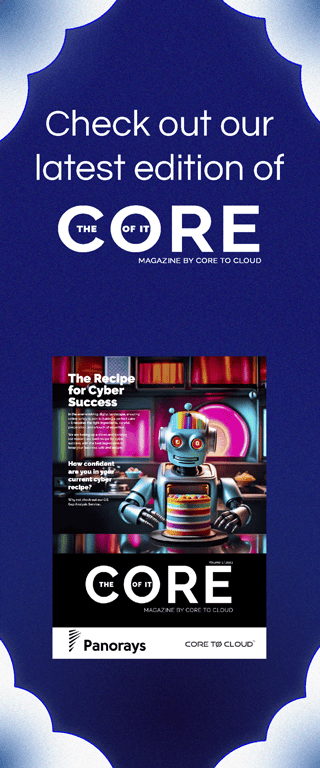Cybersecurity professionals face an unprecedented threat environment. A shortage of qualified staff combined with record-high numbers of increasingly complex attacks have made one thing clear: this challenge requires more than manpower to solve.
Artificial intelligence (AI) has been hailed as the silver bullet, allowing security teams to handle bigger threats with fewer people. AI and ML (Machine Learning) are getting more and more skilled at identifying and prioritising threats and clamping down on zero-day malware.
Let’s take a look at the game-changing technology that’s shaping the future of cybersecurity.
What is AI (Artificial Intelligence)?
AI (Artificial Intelligence) allows machines to replicate some of the capabilities of the human mind. In a nutshell, AI systems work by consuming large amounts of data, analysing the data for correlations and patterns, and using these patterns to make predictions about what’s likely to happen. AI programming focuses on three cognitive skills: learning, reasoning, and self-correction.
The learning aspect focuses on acquiring data and creating rules for how to turn that data into information. These rules are known as algorithms and provide computers with instructions on how to complete a specific task.
The reasoning aspect focuses on choosing the right algorithm to achieve a specific goal or address a likely outcome.
The self-correction aspect focuses on fine-tuning algorithms so they can learn over time and provide the most accurate results possible.
In cybersecurity, machine learning (ML) has become a vital AI technology. Machine learning (ML) is a type of AI that provides machines with the ability to automatically learn from data and past experiences to detect patterns and make predictions with limited human intervention.
Vectra AI
Vectra AI is a visibility and real-time threat detection technology. It detects what ‘normal’ behaviour looks like and alerts users to any unusual activity. Offering full visibility, it shows exactly what is happening within a network – think of it like shining a torch around a dark room to expose threats lurking in the shadows. Users can see where data is being gathered and stop attacks and breaches in their tracks.
Attackers go after data wherever it is stored. For many organisations, that data is migrating to the cloud. This rapid transition, accelerated by the pandemic, is happening faster than security teams can keep track of, risking the exposure of sensitive data.
Vectra’s job is to discover would-be attackers and breaches before damage is done, whether on-premises or in the cloud.
AI is at the heart of Vectra’s strategy. It uses AI-augmented solutions to figure out how attackers behave to achieve their desired goals. For example, it can deduce whether they will deploy ransomware or data exfiltration.
How?
AI can detect anomalies and threats that humans aren’t able to pick up on - at least not fast enough. It sorts through these anomalies and classifies them accordingly. Then, they’re mapped in sequence to reveal future attack paths, prioritising alerts to draw attention to the most critical threats. This allows security teams to be proactive rather than reactive, as they’re able to thwart the attacker’s attack path.
Thanks to AI, Vectra can recognise the attacker’s behaviours and patterns within the historical context of the local environment - and in hundreds more clouds and network domains. Threats are classified by severity, prioritising real attacks and supplying the tools and data needed to rectify them as quickly as possible.
Ready to learn more about how Vectra AI could protect your organisation? Contact our expert team who’d be happy to discuss the technology in greater detail.















